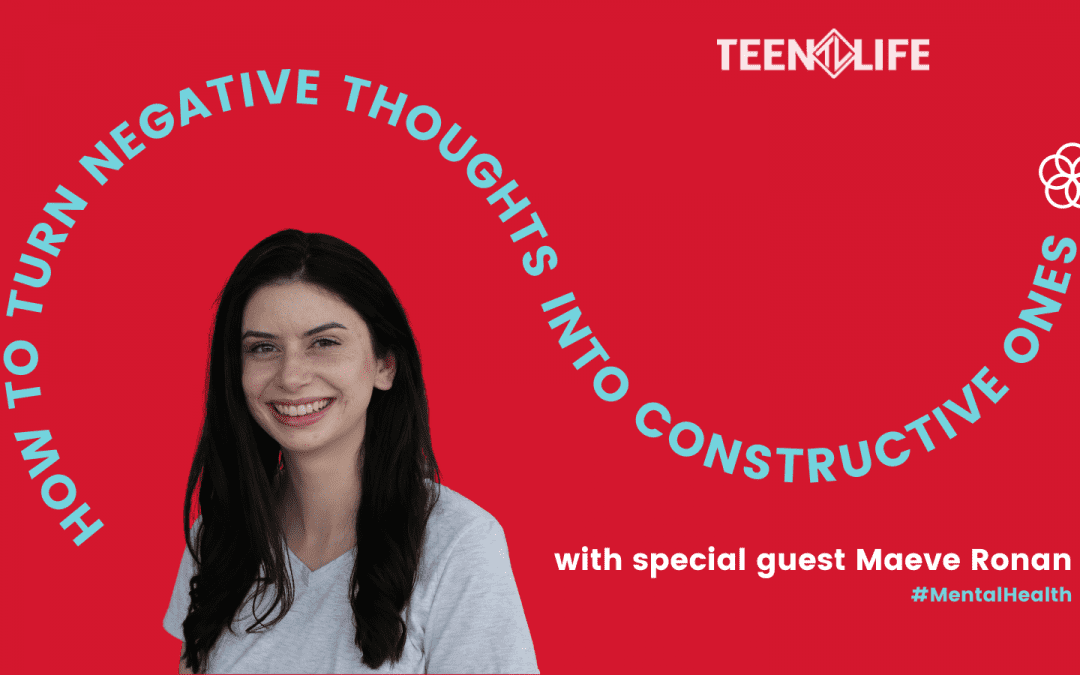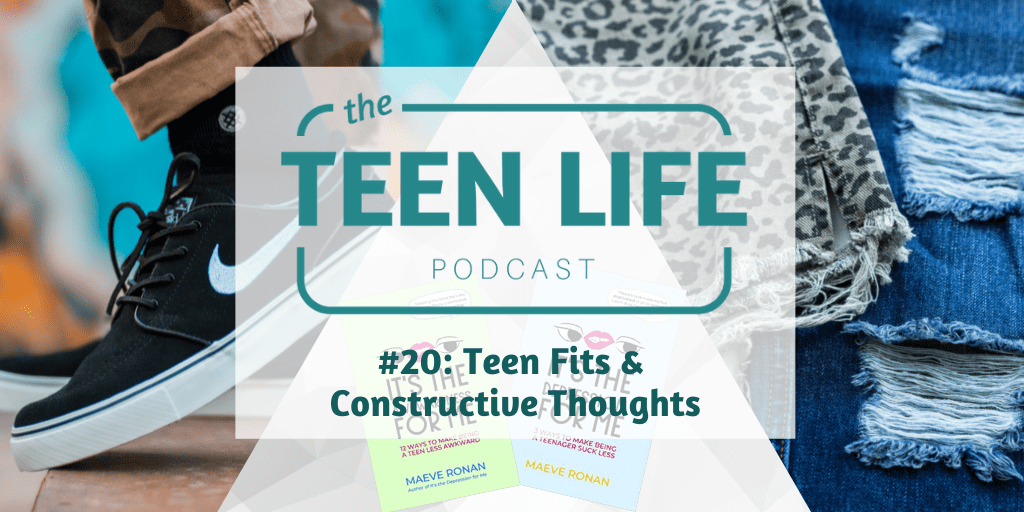
How to Turn Negative Thoughts to Constructive Ones
As a teen, adults used to tell me “You are what you eat.” I never understood what they meant, but as I got older I began to understand what they were getting at. Essentially, that you are the sum of what you consume. Perhaps a better, more significant phrase would have been: “You become what you think.”
When I was a teenager, my thoughts almost ended my life. Whenever something bad happened, I immediately told myself I wanted to die. When I was in a good state of mind I knew I didn’t really want to die, but I began believing what my brain was telling me. I was stuck in this negative thought loop and didn’t know how to escape. Even worse, these negative thoughts weren’t just an inconvenience, they were making me more depressed every day.
James Allen, a philosophical writer, once said in his famous book, As a Man Thinketh:
“A man’s mind may be likened to a garden, which may be intelligently cultivated or allowed to run wild; but whether cultivated or neglected, it must, and will, bring forth. If no useful seeds are put into it, then an abundance of useless weed seeds will fall therein, and will continue to produce their kind.”
What I’ve learned since my teen years, with the help of books like As a Man Thinketh, is our minds must be managed like a garden. It’s up to us to plant good seeds and remove the bad weeds. Reading this book changed my entire perspective and it lit a fire in me to learn more. I embarked on a journey around the world to interview over 100 successful people on what they wish they knew when they were younger. Their advice was diverse, colorful, and extremely insightful, yet it all centered around this one core idea: It’s up to you to take responsibility for your life. This includes the thoughts you have. Meaning, it’s not your fault what thoughts you think, but it is your responsibility to evaluate which ones are worth believing.
———-
Here are 3 simple steps for how to switch automatic negative thoughts to constructive ones:
1. Notice
Recent research from Proceedings of the National Academy of Science by Lindsay and Cresswell has found that “mindfulness meditation can help people to be more attentive to their own emotions… by being aware of negative feelings as soon as they arise, people can engage in positive remediation rather than dwelling on the negative cognition.”
Notice what automatic thoughts come up for you in everyday situations. When something bad happens, what is the thought you automatically revert to? Is it as bad as “I want to die”? Or is it something like “I hate myself, I don’t want to be here.”
You might already know what yours are right off the bat, but if you don’t, start to be more mindful during your day and notice what recurring negative thoughts you have.
2. Prepare
The next step is to prepare a neutral thought. You will use this neutral thought to replace the negative ones. It’s best to prepare this neutral thought before you are in a state of panic.
What will your neutral thought be? I like to use “I am okay.” Yours can be the same or something different. When you are in a negative or depressed state of mind, it can feel really fake to say something like “I love myself” or “I’m happy to be here,” but a neutral thought like “Everything will be alright” is sometimes an easier place to start.
Write it down. Put it everywhere you can see it to remind yourself. You can put it on your wall, on your mirror, and even on your phone background.
3. Replace
Now, every time you think that recurring negative thought, stop yourself and say “No. I don’t have to think that anymore.” Then immediately replace it with your neutral one.
You might not believe the neutral thought. You won’t want to believe that you are actually okay. Tell it to yourself anyway. Again and again. Over time, you will automatically start to think your neutral, constructive thought rather than the negative one. This switch will help you stay calm in tough situations, rather than reverting to doomsday thinking.
———-
These 3 steps take time and practice, but the positive change makes it so worth it! If this technique helped me stop being suicidal, it can help you and the teens in your life too. Get a hang of the technique first, then model it for the young people in your life.
When working with teens, don’t make them feel bad if that negative thought keeps coming up for them. The goal is never to shame someone for not making progress, but to lovingly remind them that no matter how many times they fail, they can always try again.
As a final reminder for you and the teenagers you work with, know you have more power over your mind than you think. It’s not your fault what thoughts come into your head, but it is your responsibility to decide whether you’ll let them stay there. You do not have to believe every thought that comes into your head, you always have an opportunity to fight back against the negative ones and replace them with more constructive ones.

Maeve Ronan
Author, Speaker and Teen Mentor
Maeve Ronan is the author of multiple relatable self-improvement books for teens. She believes that every teen should have the resources to succeed, regardless of their circumstances. Her books are based on what she wishes she knew in middle and high school, as well as insights from accomplished people around the world. Author of It’s the Depression for Me and It’s the Awkwardness for Me, Maeve Ronan plans to release her third book, It’s the Confidence for Me, in November 2021.










